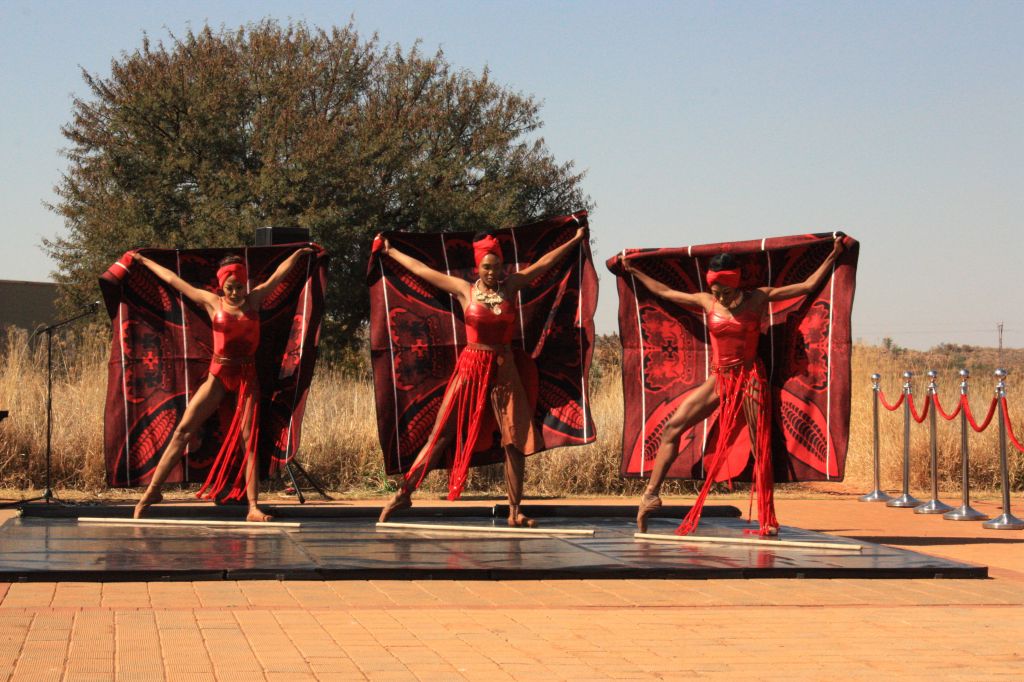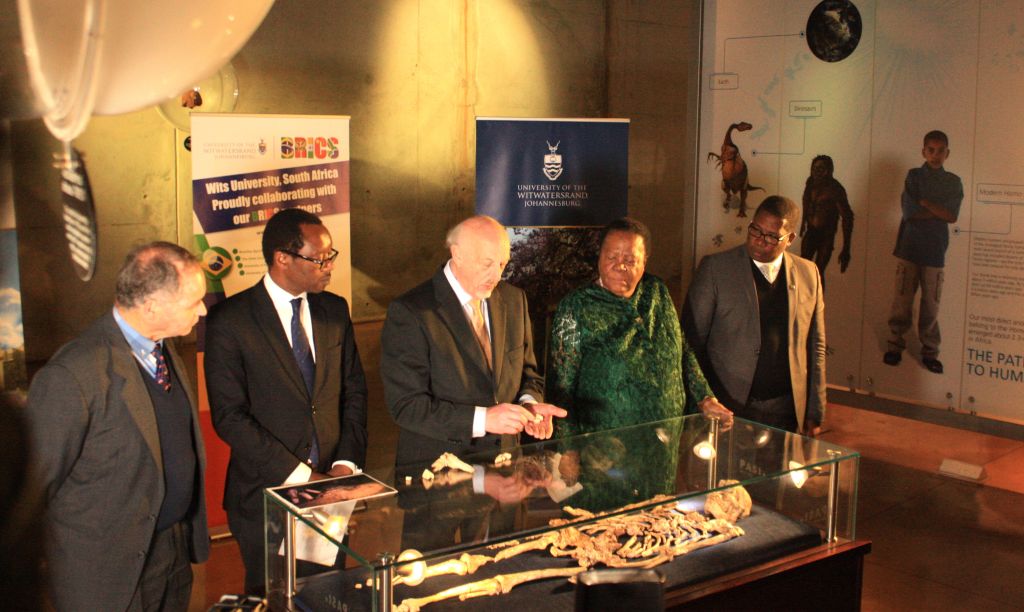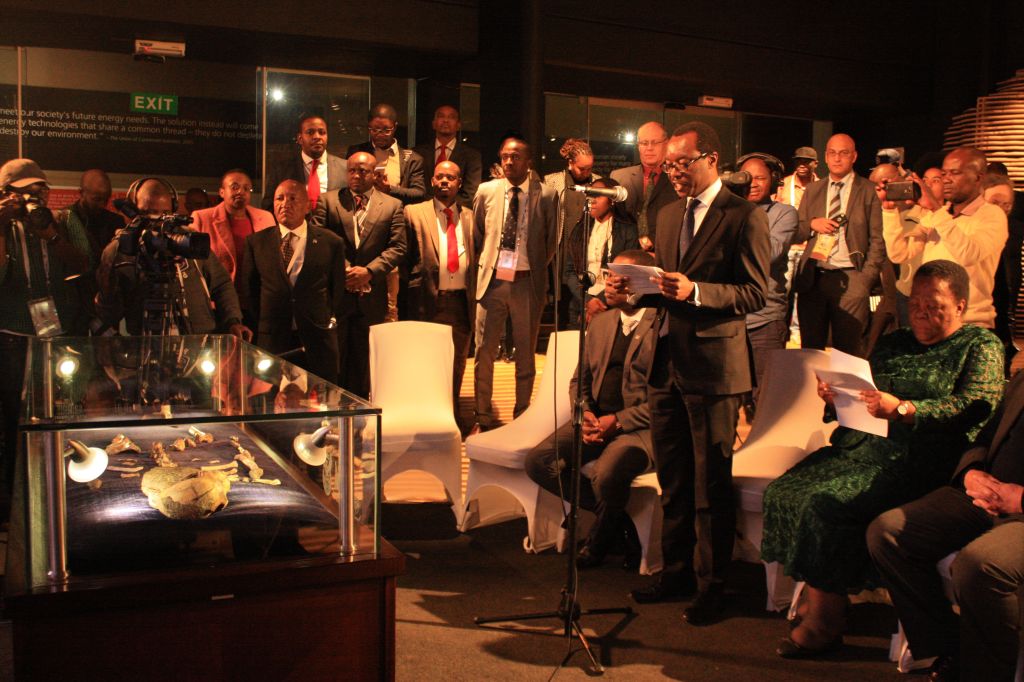BRICS leaders take a virtual tour of Maropeng
The heads of state of the BRICS bloc of countries (Brazil, Russia, India, China and South Africa) were this week treated to a virtual tour of Maropeng via a live satellite video link between the Sandton Convention Centre and the Maropeng Visitor Centre.
The 30-minute crossing featured a beautiful performance by Joburg Ballet, as well as a whirlwind trip through Maropeng’s exhibition space to view some of the most significant hominid fossil finds to come out of the Cradle of Humankind.

Speaking on the live link from Sandton, South African President Cyril Ramaphosa said that while it was unfortunate that the BRICS leaders were not able to visit Maropeng as part of their visit to South Africa, he was proud to share the experience with them virtually.
The Cradle, Ramaphosa said, is a good reminder of the world’s shared humanity and shared future. “It is a place of pilgrimage for all humankind and a place of scientific discovery into our origins,” he said.
Minister of Higher Education and Training Naledi Pandor hosted the virtual visit to Maropeng, taking the world leaders, via the live video feed, through some of the most significant discoveries that have come from the Cradle.

“We will be viewing, for the first time ever, three almost complete hominin species, especially assembled on the occasion of the BRICS summit,” said Pandor.
She was joined by palaeontologist Professor Bruce Rubidge, acting vice-chancellor at Wits University Prof. Tawana Kupe, Gauteng MEC for Education Panyaza Lesufi, and world-renowned palaeoanthropologist Prof. Ron Clarke.
The dignitaries began by viewing Neo, the most complete Homo naledi skeleton ever found, which was unveiled at Maropeng last year. They then viewed Little Foot, a nearly complete Australopithecus prometheus skeleton, discovered by Clarke some 20 years ago. The final historic fossil shown was Karabo, an Australopithecus sediba skeleton discovered by Prof. Lee Berger, which was discovered in 2008.

Clarke told Pandor and the heads of state watching via satellite that Little Foot, which has been dated at 3.6-million years old, has special significance for the human origin story.
“She’s got a few parts missing, but she’s been through a lot in the past 3.6-million years – falling into a cave, covered in sediment, being crushed by rock, eroded, blasted by miners. She may not be perfect, but she is our great-great aunt, many times removed. And she’s perfect to me,” said Clarke.
The tour wrapped up with an invitation to BRICS leaders in Sandton to make handprints that would be taken back to Maropeng, to be displayed alongside the handprints of former president Nelson Mandela to mark 100 years since Mandela’s birth.
Ramaphosa told leaders in Sandton that the handprint ceremony was a tribute to Madiba. “In one of his speeches, Mandela said, ‘The future that we want is in our hands.’ This is a demonstration that we are linking the present with the past, but at the same time, we’re looking for a brighter future.”
Watch the handprint ceremony below.